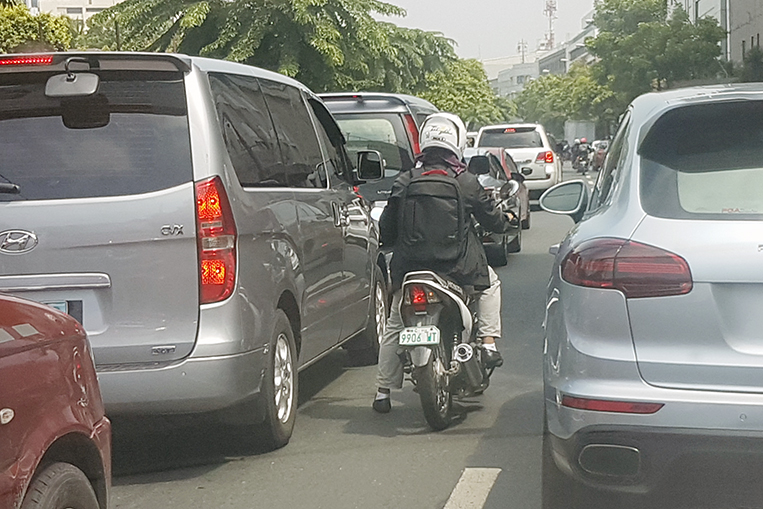
One thing I appreciate about writing for VISOR is that I’ve never felt pressured to tailor my views to fit any agenda. Earlier today, we published an article highlighting the illegality of lane-splitting—that is, riding a motorcycle in the space between vehicles in two adjacent lanes. Indeed, it’s illegal. However, we also can’t deny that the practice is commonplace, and for a number of sensible reasons.
There are safe and unsafe ways to lane-split while riding a two-wheeled vehicle. Safe lane-filtering—or, as defined in other countries, lane-splitting at less than 30km/h—means riding through only when cars are stopped or rolling slowly at congested speeds. It also means riding at speeds much slower than free-flow operation, moving predictably, and with extra care to avoid colliding with the cars you are filtering through. This is different from the reckless swerving and overtaking at highway speeds. And come on, how often do you see that in Metro Manila anyway? Reckless driving laws exist to catch that behavior.
Without safe lane-filtering, our mobility problems would be much, much worse than they are now. Think about it. Would you rather have queues of traffic back up even further from where they are now—especially on a payday Friday? Every two-wheeler that is able to filter to the front is one that is out of your way as a motorist. If they are doing it safely, they’re helping you get home faster.
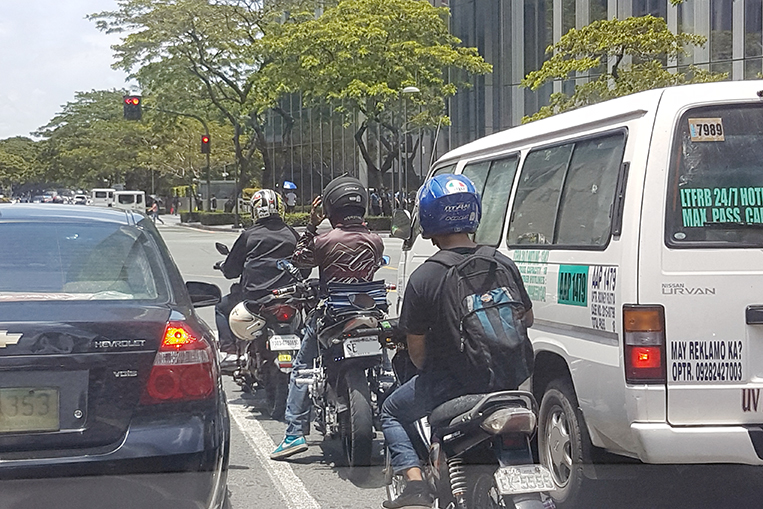
We have processes to change and update rules that have not kept up with the times. For me, the rules on filtering fall into this category, and we certainly should call for updating them.
The takeaway from our first piece should be that the government has failed to distinguish in its laws between safe and unsafe practices, and this could further jeopardize our already tenuous mobility situation. For a template on guidelines for safe lane-filtering, the United Kingdom’s Highway Code has a good model. Their authorities actually encourage cyclists and motorcycle riders to lane-filter safely, recognizing the benefits of the practice.
Rule 88 of their Highway Code is for motorcycle riders, and states:
Maneuvering. You should be aware of what is behind and to the sides before maneuvering. Look behind you; use mirrors if they are fitted. When in traffic queues, look out for pedestrians crossing between vehicles and vehicles emerging from junctions or changing lanes. Position yourself so that drivers in front can see you in their mirrors. Additionally, when filtering in slow-moving traffic, take care and keep your speed low.
Rule 160 of their Highway Code is for car drivers, and acknowledges their role in a transport system that features safe filtering movements:
Once moving, you should be aware of other road users, especially bicycles and motorcycles that may be filtering through the traffic. These are more difficult to see than larger vehicles and their riders are particularly vulnerable.
The problem in the Philippines is that both safe and unsafe lane-splitting (or filtering) are illegal right now
The problem in the Philippines is that both safe and unsafe filtering are illegal now. I personally practice safe lane-filtering when I am on my electric kick scooter almost every day, and I have practiced safe lane-filtering even back when I was cycling to work. I’m completely aware of the consequences if I will be apprehended. And while I intend to verbally protest, I don’t plan on resisting violently.
There is one way to maximize the benefits of bikes while also minimizing the practice of lane-filtering—which only exists for bikers to move efficiently through roads not designed for them. That is to design a network of safe, physically protected lanes for two-wheeled traffic as other countries do. Progressive cities such as Pasig, Marikina and Quezon City have taken steps to make two-wheelers safer. It’s up to the national government to really tie the network of safe infrastructure together by improving roads like Shaw Boulevard, Ortigas Avenue and even EDSA and C5.
We now stand at a crossroads when it comes to lane-filtering policy. We can choose to evolve our regulations to better fit the times, or we can choose to continue to insist we were right all along (in the face of growing evidence to the contrary).
Government, your move.

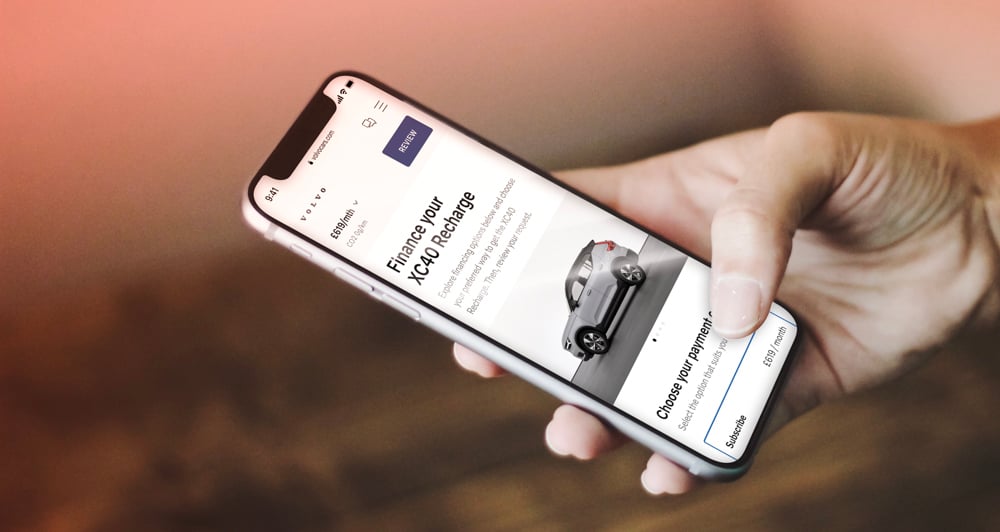
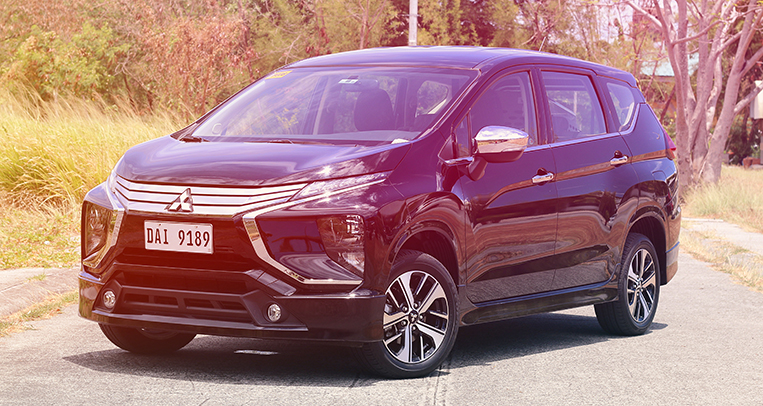
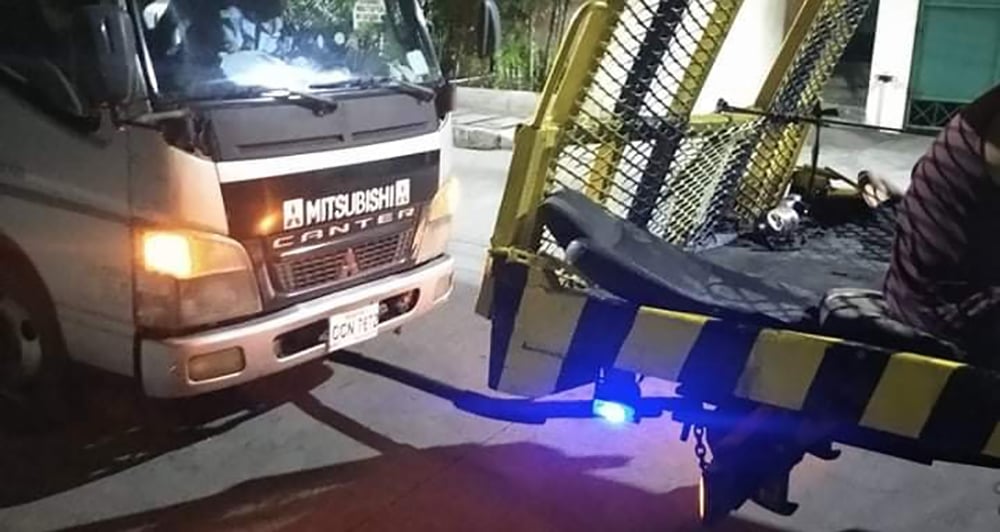
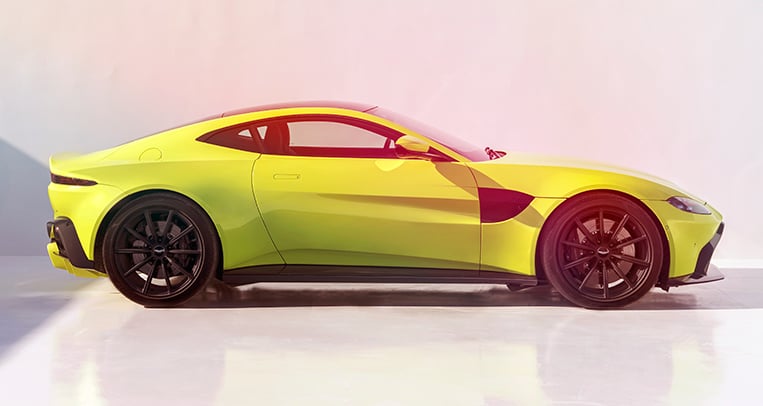
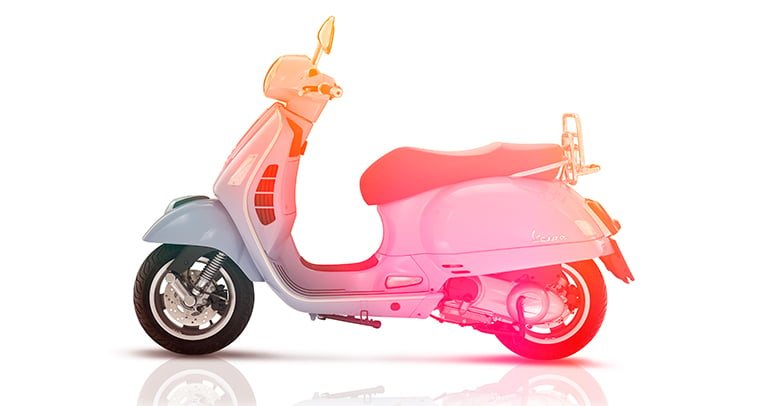
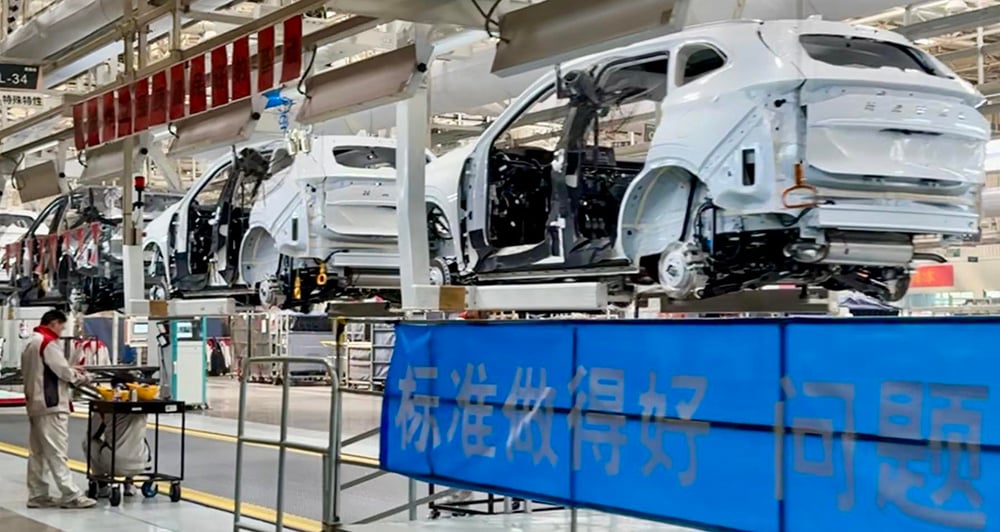
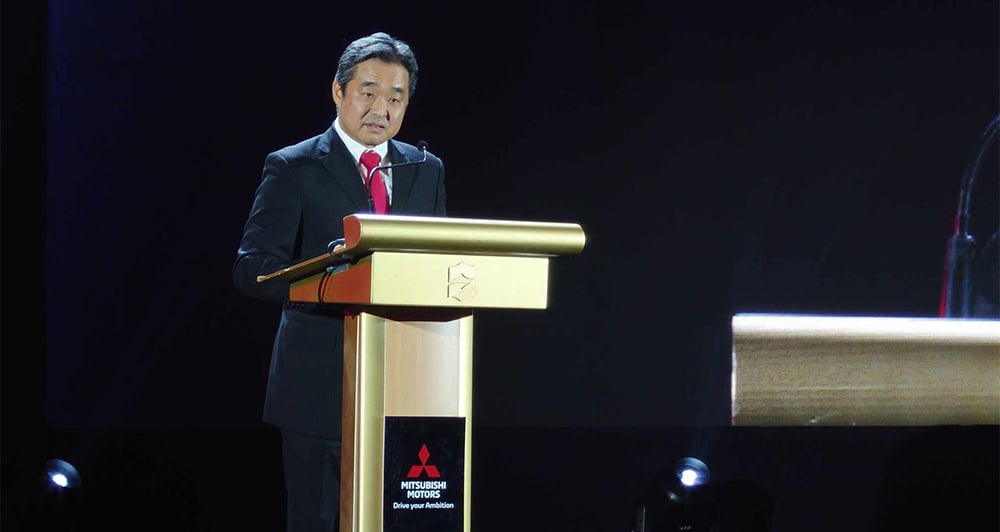
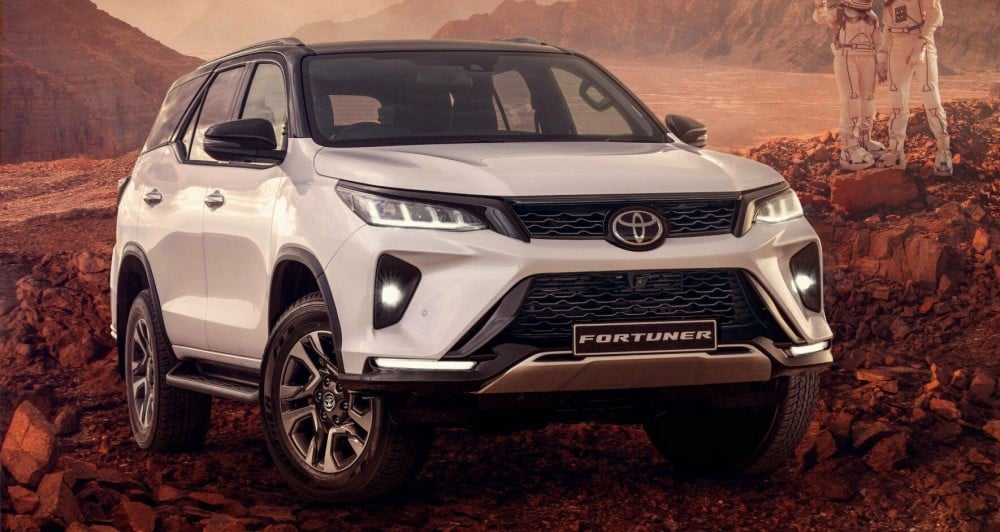
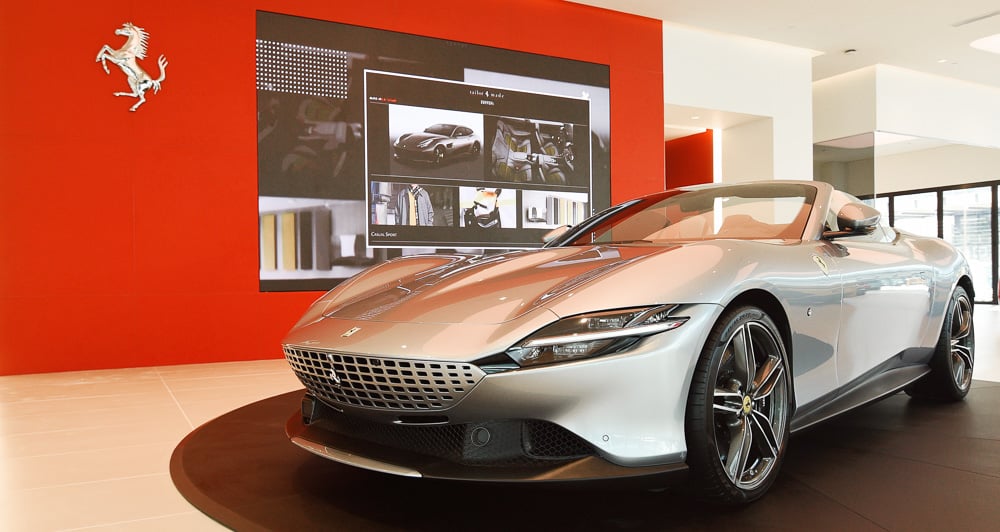
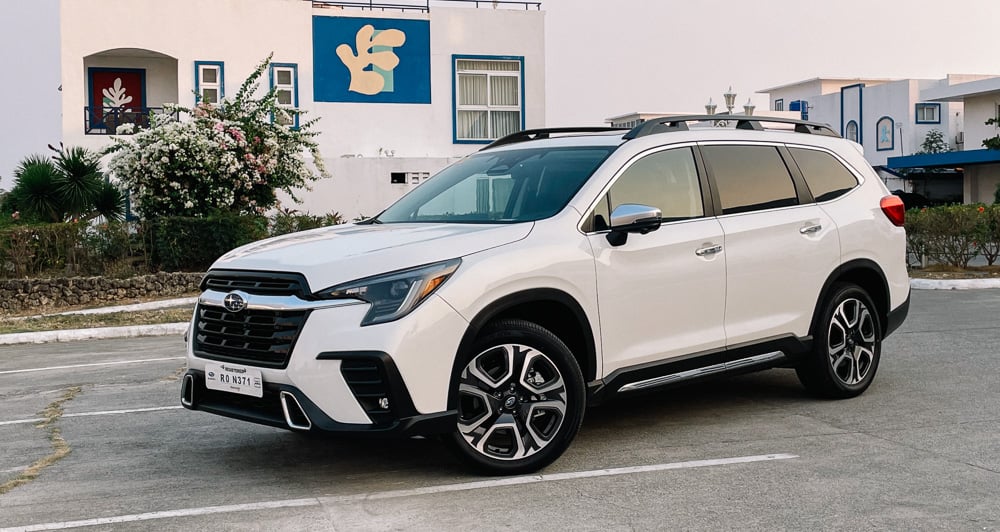
Comments